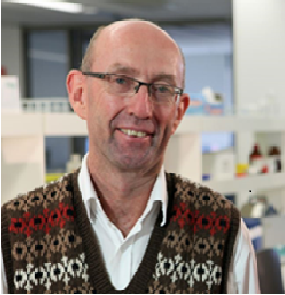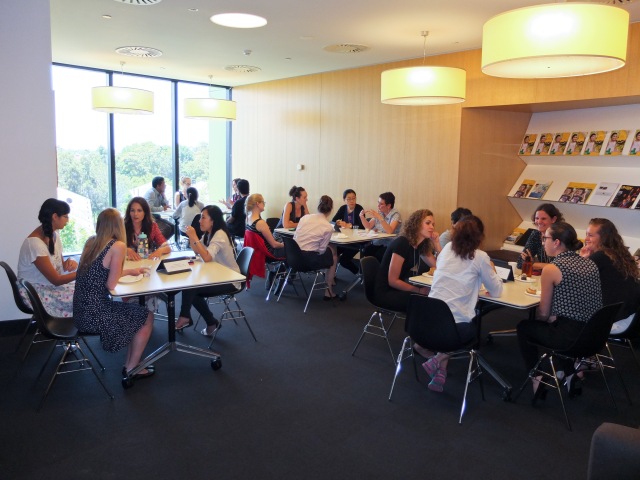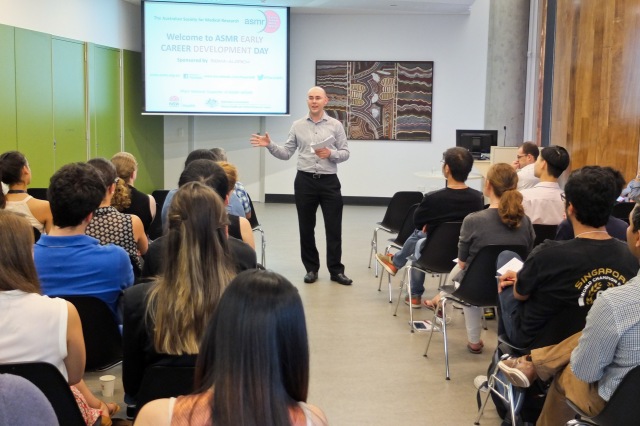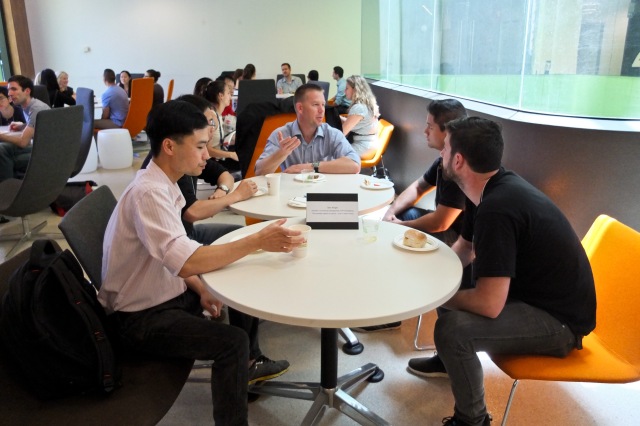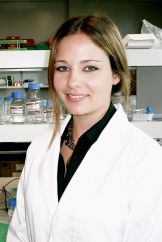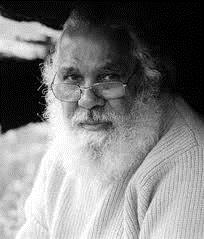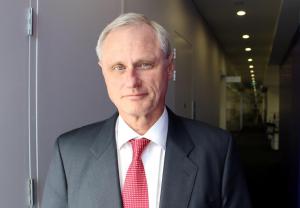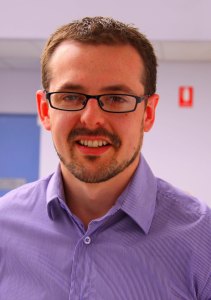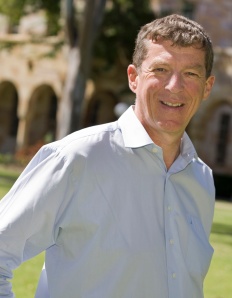So what can the Australian Society for Medical Research’s (ASMR) past tell us about where health and medical research is now, and where we are headed? First, it gives us a view of the many factors and events that have shaped ASMR. Secondly it gives us a point in time to measure what has changed (or not) in the landscape that ASMR operates in today. Thirdly reflection on these things may have something to say about how we (ASMR) should approach the future.
So what was ASMR like back in the early nineties? ASMR had grown from its roots as a Society formed by clinicians, out of concern that they lacked a forum where medical research, the foundation on which their profession was built, could be discussed, fostered and promoted. By the late ‘80s the Society’s advocacy role for research had grown in prominence and was focused largely on the political process, with a particular focus on Federal funding for research through the NHMRC. Several Past Presidents of ASMR went on to become key figures in the development of the NHMRC in future years. The role of State branches was largely focused on promotion of the benefits of local medical research through a nationally coordinated Medical Research Week. There was little recognition in those days of the link between federally funded research and the delivery of outcomes in health systems managed by State Governments. The key feature of the landscape in the late eighties, was that ASMR was virtually a lone voice in independent broad advocacy for the benefits of research. By the end of the nineties, this had changed forever with the establishment of organisations such as Research Australia, and focused advocacy groups such as the Association of Australian Medical Research Institutes.
The scientific landscape of those days was dominated by the impact of gene cloning technology on medical research, a movement so powerful that it would change the names of long established Societies such as the Australian Biochemistry Society but more importantly would produce immediate benefits for health care with the development of safer and cheaper medicines such as insulin. Optimism that these new technologies would rapidly lead to cures for intractable diseases was high globally and the need for Australia to keep up with developments and to be at the forefront of these developments was palpable. It was in this landscape that ASMR was able to successfully advocate for a doubling of Federal funding for health and medical research. The then Federal Government commissioned the Wills review into medical research and the budget doubling was delivered by successive budgets in the late nineties and early 2000’s.
The ASMR strategies at this time were global in their scope, leveraging the success of US researchers in doubling the NIH budget by enlisting the aid of Prof. Ralph Bradshaw, a key figure in US advocacy to tour Australia. National strategies revolved around documenting the benefits of medical research to government, documenting the broad-based public support for medical research and expanding the membership base of ASMR through it’s affiliate member programs. In addition ASMR’s public advocacy for medical research was promoted nationally through the institution of the ASMR Medalist tour, a program whereby prominent researchers, the first of whom was our own 1996 Nobel Laureate Prof. Peter Doherty would tour Australia giving public lectures and promoting the benefits of research. One of the early benefits of the increase in research funding was in attracting Prof. Doherty back to Australia to contribute to the Australian research scene. Through these efforts and the efforts of subsequent Boards, ASMR has an unparalleled track record of success in its recent history in building a vibrant health and medical research sector in Australia.
So what about the landscape we find ourselves operating in today? For people like me the nineties does not seem that long ago, but the ASMR of today operates in such a radically different landscape compared to those times, in practical terms those times are another world. Real progress has been made in ASMR’s promotion work, to the point where the Society has been joined by many other advocacy groups, each promoting research outcomes and contributing to the advocacy landscape. What is more remarkable is that the idea of evidenced-based medicine is taking root at every level of health service provision, seeing a dramatic expansion in areas such as health services research and genuine targeted engagement in the research enterprise by State Governments. ASMR’s strength in the advocacy area remains. That is, the Society is populated by working scientists dealing with issues through the eyes of working scientists.
Today’s scientific landscape is completely different now to back then. What took me three years to achieve to gain a PhD in the early eighties using now obsolete technology is achievable today in minutes. The age of big data in medical research is with us as technologies expand the capacity for data acquisition and analysis. The digital age has completely changed our timely access to information, fundamentally altering the way we work. Dr Google is a constant and immediate collaborator. These developments have highlighted the need for a much broader workforce with deep knowledge in a wider range of subjects than was necessary in the past and the opportunities provided by digital technologies for the creation of research networks is unparalleled in history. ASMR’s involvement in how these issues affect the progress of health and medical research remain essential to our success in meeting the challenges and taking advantage of the opportunities this landscape provides.
The great optimism that disease cures will come is slow to be fulfilled for major killers such as cancer, with gains being incremental. This erroneous perception of lack of major success, based on a fundamental misunderstanding of the process of research, has made it easy for competing interests to argue that the hard fought gains made by ASMR and others in the last two decades have shown limited success and for our hard-working politicians to grow weary of yet another request for more funds, in an environment dominated by the expenditure problem vs revenue problem debate. The realisation that research is never going to be over, even when death from cancer is a thing of the past, challenges the models that we have for funding it and challenges the resolve of all the stakeholders in the enterprise. The advocacy role of ASMR becomes even more necessary in these circumstances. It is only by cleverly and bravely engaging with our community that the purpose and importance of what we do will remain clear and the justification for continued support for it will be obvious.
While the landscape in which we operate is changing with astonishing speed, the underlying response to these changes remains fairly constant. The advocacy role, like the need for research, is never over. ASMR has a unique and abiding role in this that needs to be continually supported by our own community. ASMR has and will continue to have the adaptive capacity to make the message fit the landscape we see in front of us, which is the key to the Society’s past success and will be the key to it’s undoubted future success.
Associate Professor Kieran Scott
About the author: Kieran Scott has been a member of ASMR for about 25 years, serving on the NSW committee in the early nineties and as a Director from 1993, culminating in his presidency in 1997. His time was particularly pivotal in the history of ASMR as it led to a broadening of the membership base of the Society to include stakeholder organisations, and broader engagement with the political process that influences government support for health and medical research. These developments were part of a strategy that led to the landmark doubling of the NHMRC budget in the closing years of the 20th century, an outcome for which ASMR is widely acknowledged as playing a major role. Kieran is currently an Associate Professor in Oncology with Western Sydney University.

